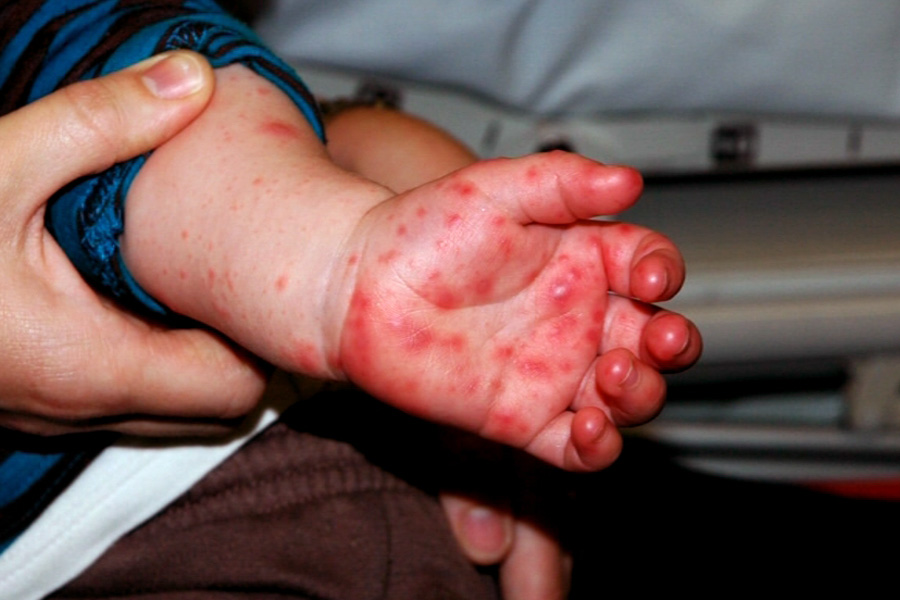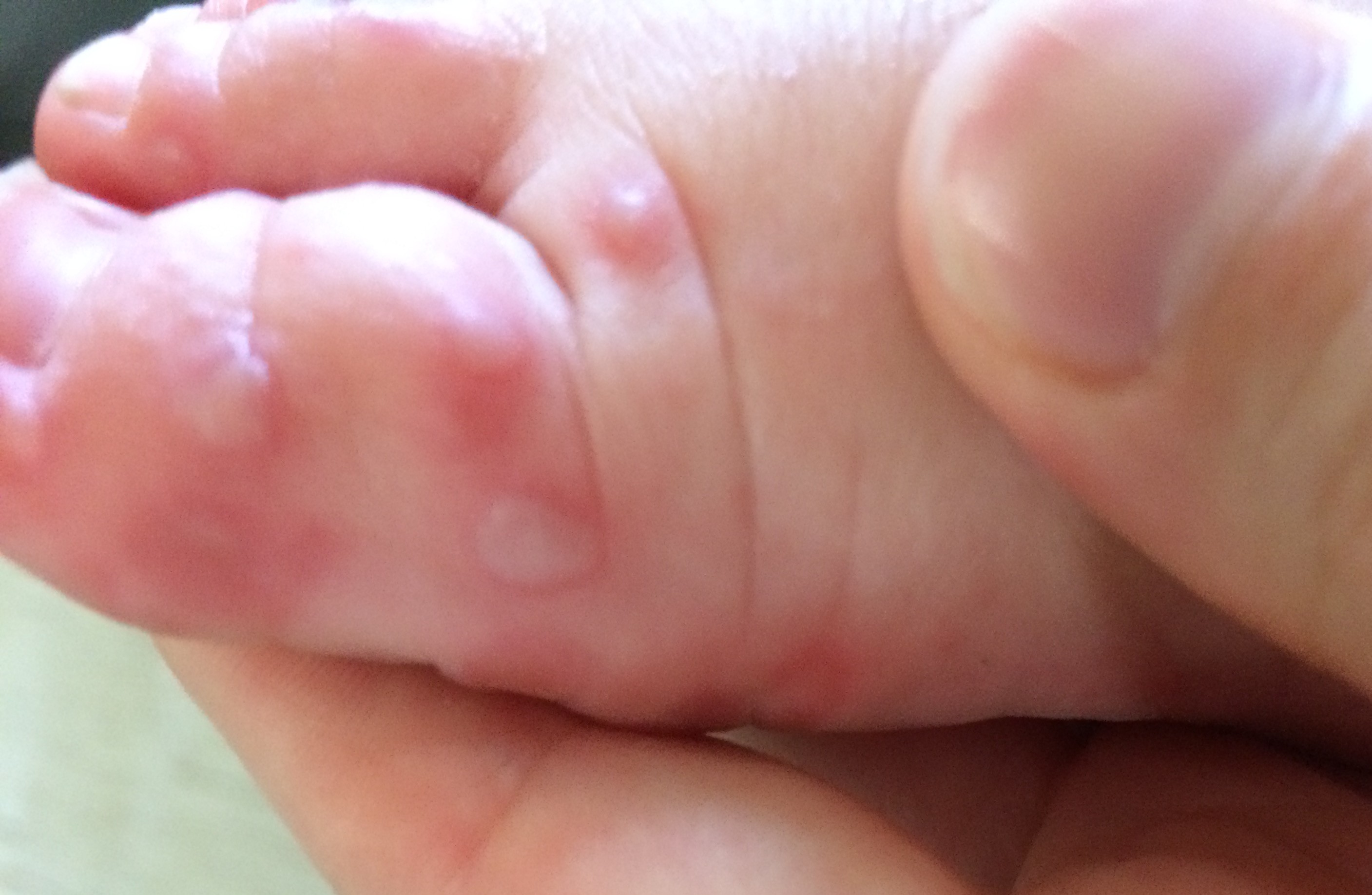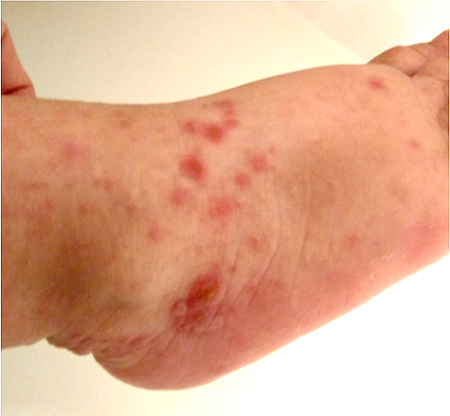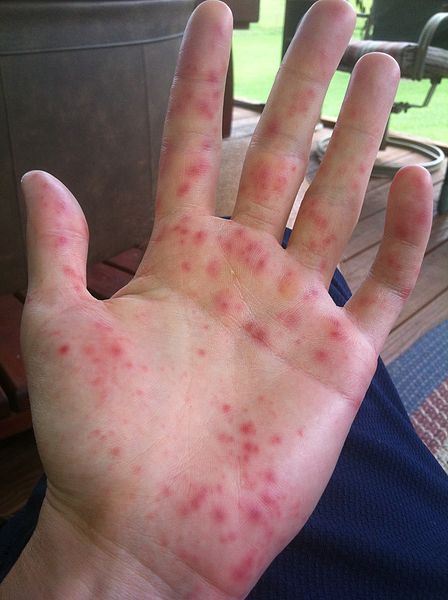Hand, Foot, and Mouth Disease or HFMD is one of the viral infections that mainly affects the s of 5 years or below. However, you can find patients of age more than 5 years as well, including adults.
The incubation period for foot-and-mouth disease virus has a range between one and 12 days. The disease is characterized by high fever that declines rapidly after two or three days, blisters inside the mouth that lead to excessive secretion of stringy or foamy saliva and to drooling, and blisters on the feet that may rupture and cause lameness.
Hand, foot, and mouth disease (HFMD) is a common infection caused by a group of viruses. It typically begins with a fever and feeling generally unwell. This is followed a day or two later by flat discolored spots or bumps that may blister, on the hands, feet, and mouth, and occasionally buttocks and groin.
Hand, foot and mouth disease is a common hood illness. It comes up as mouth ulcers and blisters on your ’s hands and feet. It’s usually harmless.
Hand, foot, and mouth disease is a highly contagious viral infection that’s common in ren. This virus is marked by blisters or sores in the mouth and a …

Hand, foot and mouth disease is a common viral infection which is easily passed from person to person.




Possible Causes of Water Blisters are constant friction, frequent brushing, viral infection and shingles. Home remedies and natural treatment to get rid of blisters on leg.
How to spot foot and mouth disease, what to do if you suspect it and measures to prevent its spread.

Overview. Hand-foot-and-mouth disease is a common illness of infants and ren. In infants, it starts with fever, fussiness, and poor appetite.


Hand-foot-and-mouth disease, or HFMD, is caused by a virus. Symptoms include ulcers, or sores, inside or around the mouth, and a rash or blisters on the hands, feet, legs, or buttocks. And while it’s not pleasant, it also isn’t serious. Anyone can get the disease, but ren 10 are most

